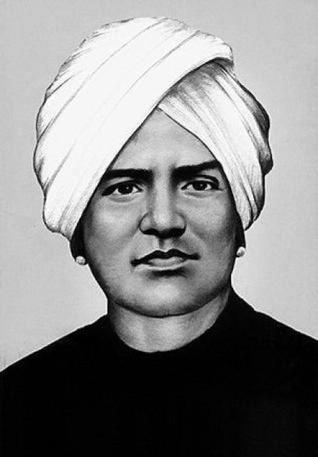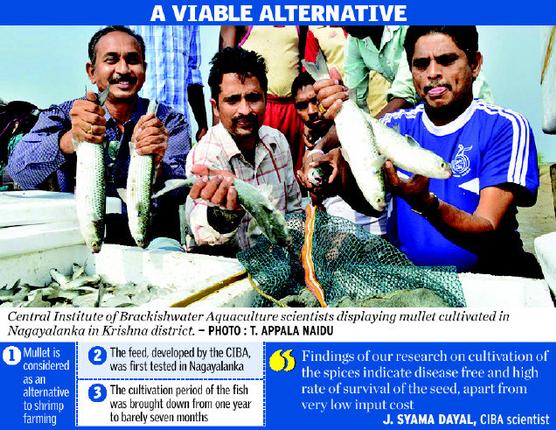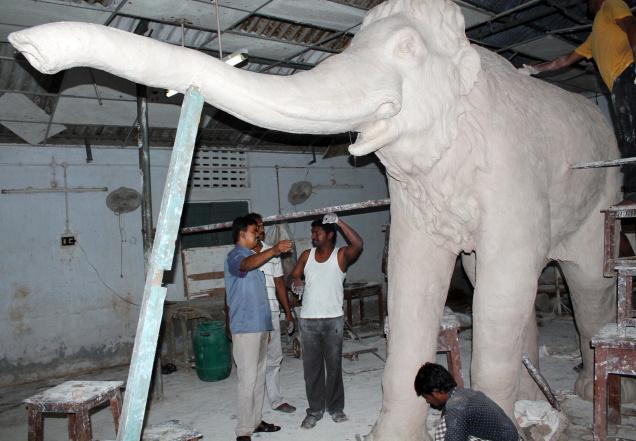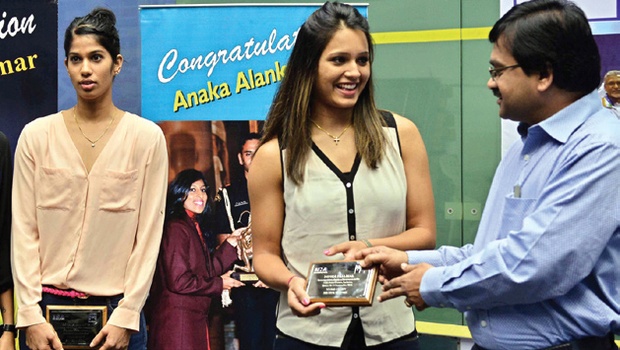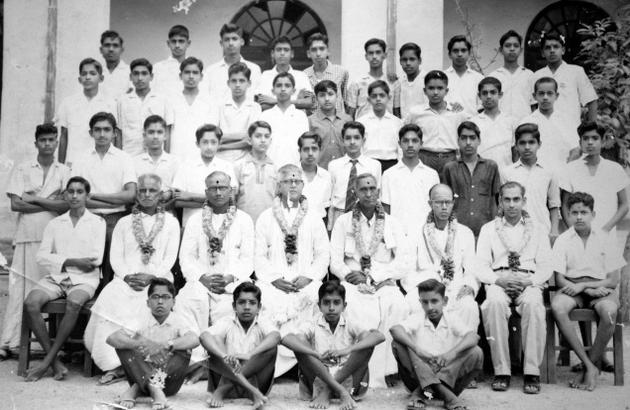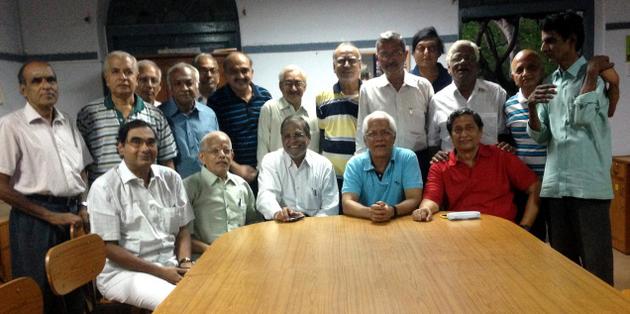Madurai :
If researchers at Gandhigram university are successful in their endeavour, the rudraksha tree, which is endemic to the Western Ghats, can soon be saved from extinction.
Researchers from the university have germinated seeds of the species ‘Elaeocarpus blascoi Weibel’ under laboratory conditions and the saplings reared by them are slowly taking root in their natural habitat of the shola forests in the Western Ghats.
According to Dr Raju Ramasubbu, professor in the department of biology at the Gandhigram Rural Institute, there are 250 species of the rudraksha tree in the world, of which 25 are found in India. Eleven of the 25 are confined to the Western Ghats, and 10 can be seen only in the Palani Hills, Dindigul district. Fruits from the subspecies ‘Elaeocarpus sphaericus’ are used as beads to make rosaries, necklaces and bracelets.
Dr Ramasubbu and his student Felix Irudhayaraj were alarmed at the fact that only a single ‘Elaeocarpus blascoi’ tree was found in the Palani hills when they undertook a study on the trees, which are on the red list of the International Union for Consevation of Nature (IUCN). The study on ‘E. blascoi’ was conducted from July 2012 to May 2014, and was published in the October 26 issue of the ‘Journal of Threatened Taxa’.
On reason for the tree facing extinction is that nuts take very long to germinate due to their hard cover. A mature tree takes 15 years to start flowering and grows to a height of 20 meters. This large evergreen tree was found in the Bear Shola in the Palani Hills in 1970. But another report published in 1999 said it had become extinct. Later, a lone tree was spotted in 2000.
After confirming that the species was staring at extinction, they went to the mother tree and collected seeds. Many seeds were found viable but had not germinated. Some were too old or affected by fungus, and there were no saplings near the mother tree.
The researchers took the seeds to their laboratory and were successful in germinating 80% of them. They planted four saplings that were two- and-a-half months old in an isolated spot in its natural habitat and are happy with the way they are growing. “We visit the spot twice a month and check their growth,” Dr Ramasubbu said.
The researchers collected tissue from the shoots of the mother tree and are culturing them. If successful, they plan to plant more trees in their natural habitat as it aids seed germination, which would help remove the species from the IUCN ‘red list’.
source: http://www.timesofindia.indiatimes.com / The Times of India / Home> City> Madurai / by Padmini Sivarajah, TNN / November 12th, 2014
